
Winning a Guggenheim Fellowship is a big deal.
Fellows, who are experts in fields ranging from biochemistry to photography, receive tens of thousands of dollars with no strings attached in order to continue making work.
Finnish photographer and 2015 Fellow Arno Rafael Minkkinen memorably described to TIME the moment he heard the news: “I raced up to the bedroom to kiss my wife Sandy. Then ran downstairs to text my son Dan. Then I called my assistant Rachel. Then lifted the velvety ear of our German Short-haired Pointer, Bravo (after Manuel Alvarez), and, as if rehearsing the lines of a Billy Collins poem, whispered the good news into his ear.”
This year, the Guggenheim Foundation recognized 12 photographers working in a wide range of styles, but TIME noticed a strong concentration of work in the landscape photography genre. Here, we highlight some of the best.
Arno Rafael Minkkinen, professor of photography at University of Massachusetts, Lowell, has been recording his own physical intervention in the landscape for decades. “Given that no one stands behind the viewfinder when my camera fires, who is the photographer?” he says. “I asked this question of the self-portrait, in that it differs from the portrait for this very reason. A photographer cannot take someone else’s self-portrait. So, what if I joined my subjects? Would their portraits turn into self-portraits?” With his Guggenheim’s funds, Minkkinen plans to “travel to places I have not been so that I can step inside the boots of the 22-year-old I once was who just got his first camera and can’t wait to say hello to all the strangers he will meet in his life.”
Terri Weifenbach, professor of photography at Georgetown, says that simply “walking to look was introduced to me very early by my father. I grew up looking at small things pointed out by him, in daylight, at night with a flashlight. We spent time looking. It always seemed an essential part of life.” This love of vision is obvious; even ordinary suburban hedgerows appear exquisitely heightened in her images. Weifenbach says her current project Cloud Physics “is about what can be measured and what cannot, what can be seen outright and what cannot be seen. It is about science and climate. It is about the intersection of reason and sensibility.”
Richard Rothman, professor of photography at the School of Visual Arts, makes melancholic work in the American West that could perhaps be better described as social landscape. He lists Carleton Watkins, Robert Adams and Lee Friedlander as early influences, but with this project, he says “I want to consider a certain exhaustion of hope and optimism that lies beneath the surface of this particular American moment. I hope I can create a record of my own transfixed experience of horror, wonder and astonishment.”
Kim Stringfellow, professor of photography at San Diego State University, has a research-based practice informed by a lifelong love of the outdoors. Her own photography is just one part of that practice, which also relies on archival imagery, video, audio and writing (which is perhaps unsurprising, as five of the eight influences she listed to TIME were writers). She says her project “is concerned with physical, geological and cultural landscape of the Mojave Desert. This project is designed to materialize over time through deep research and direct field inquiry, covering a really diverse range of sites and subjects over a two-year period.” Some of the themes explored include “Desert as Wasteland; Geological Time vs. Human Time; Sacrifice and Exploitation”.
William Sutton, professor of photography at Regis University, views “the landscape as the oldest text available to us to know the world.” Influenced by the social critique of photographers Robert Frank and Robert Adams, Sutton has been photographing grasslands in Wyoming for the past three years. “The quality and quantity of grass describes soil, topography, hydrology, geology, weather, climate, and utilization by animals including human beings,” he says. “Every aspect of the landscape is an expression of the process of organic, cultural, and economic forces.” Sutton plans to use the funds “to investigate the places in Wyoming where traditional and new economies intersect, to know the people who live at those intersections, and to make pictures that explore the values and forces that shape our time.”
Stuart Rome, professor of photography at Drexel University, shot semi-abstract studies of ancient, hollowed out Redwoods and Sequoias in the American West. Early in his career, Rome says he photographed ancient art objects in Latin America as well as present-day trance rituals in Indonesia and Haiti, experiences which “sensitized me to patterns of imagery within nature.” Since then, he says he has “sought out zoomorphic and anthropomorphic imagery, transformative patterns that create a visual bridge between two worlds. The longer I have looked at the natural world, the more I have imagined a hidden text within those patterns.”
Myles Little is an associate photo editor at TIME.
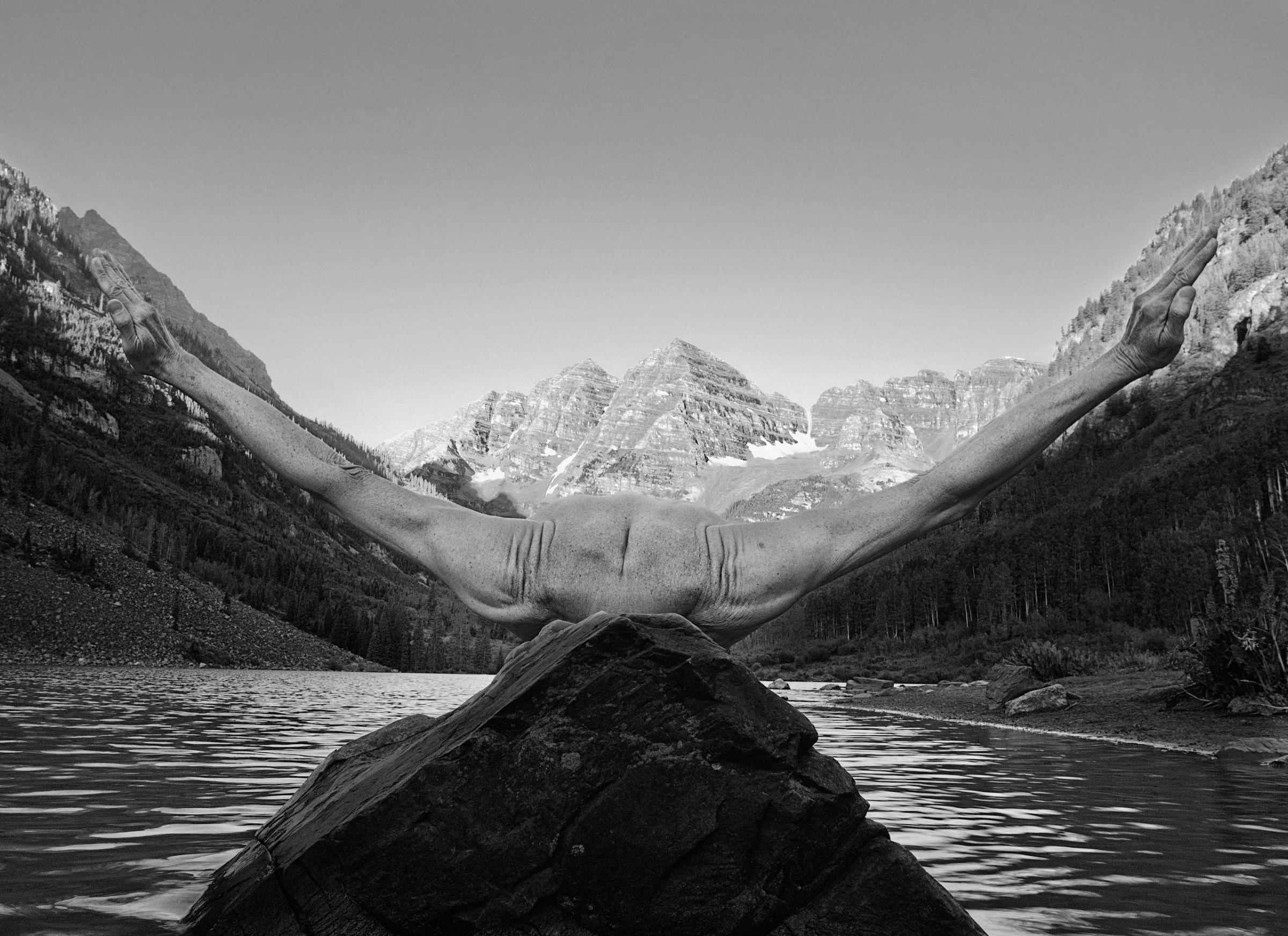
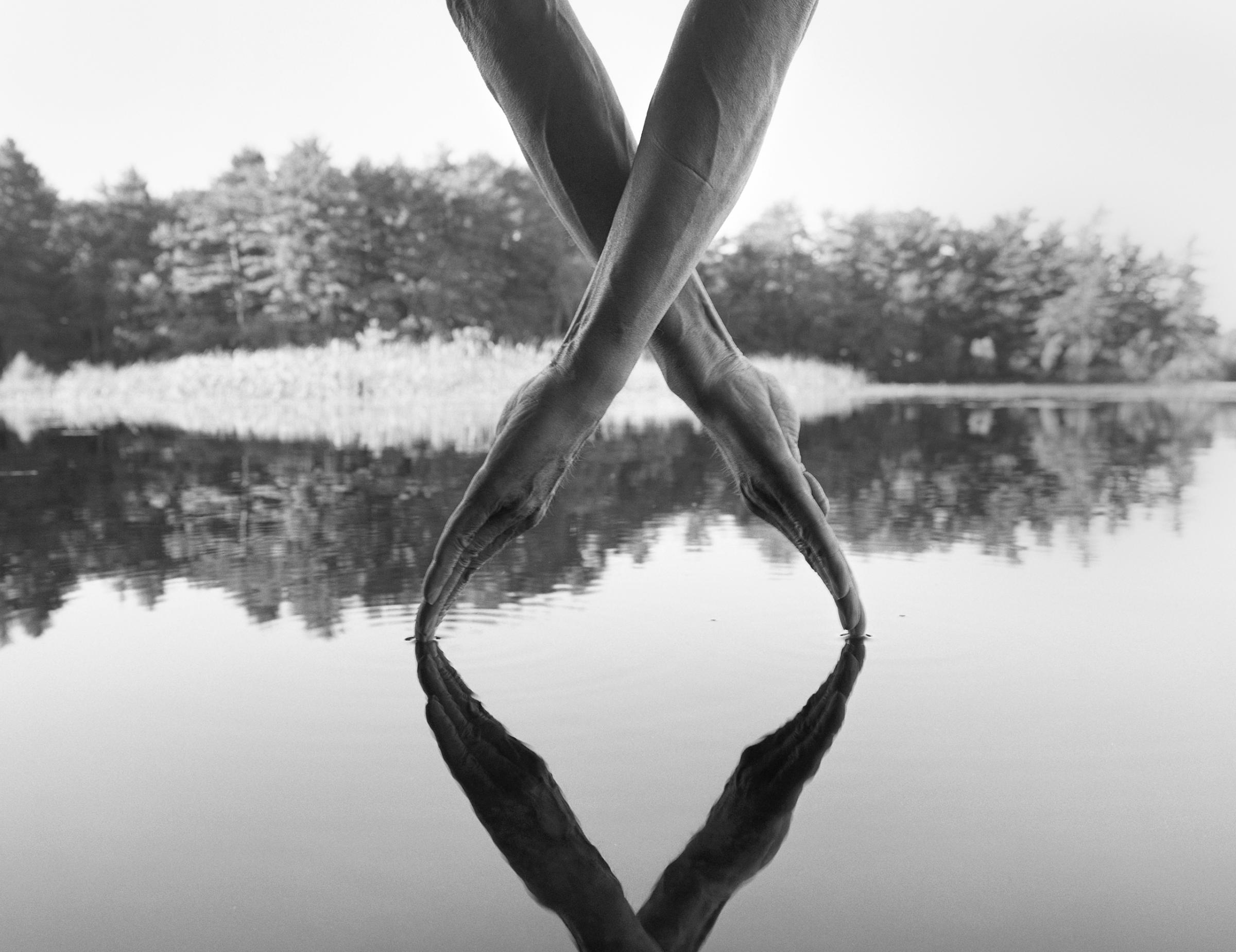

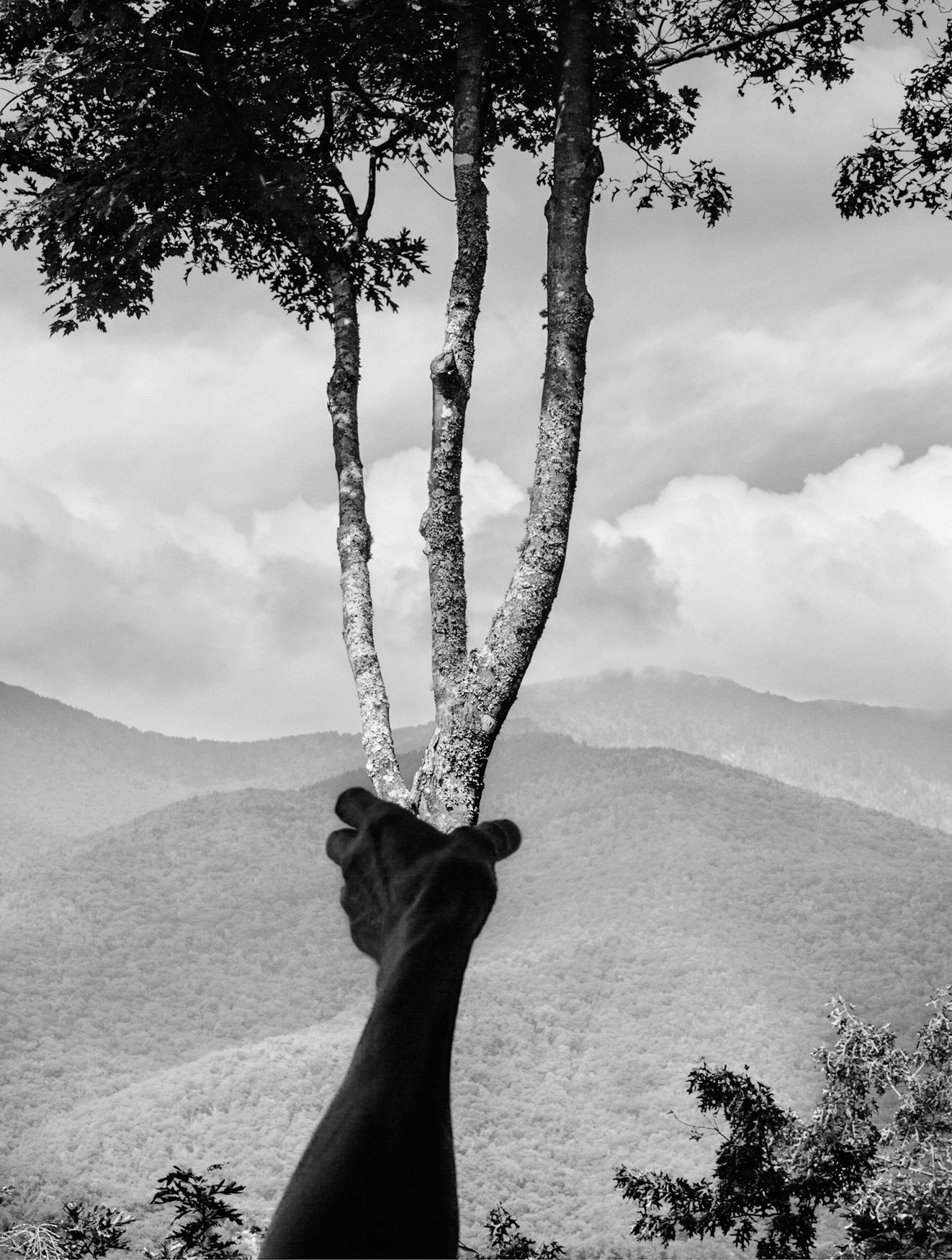
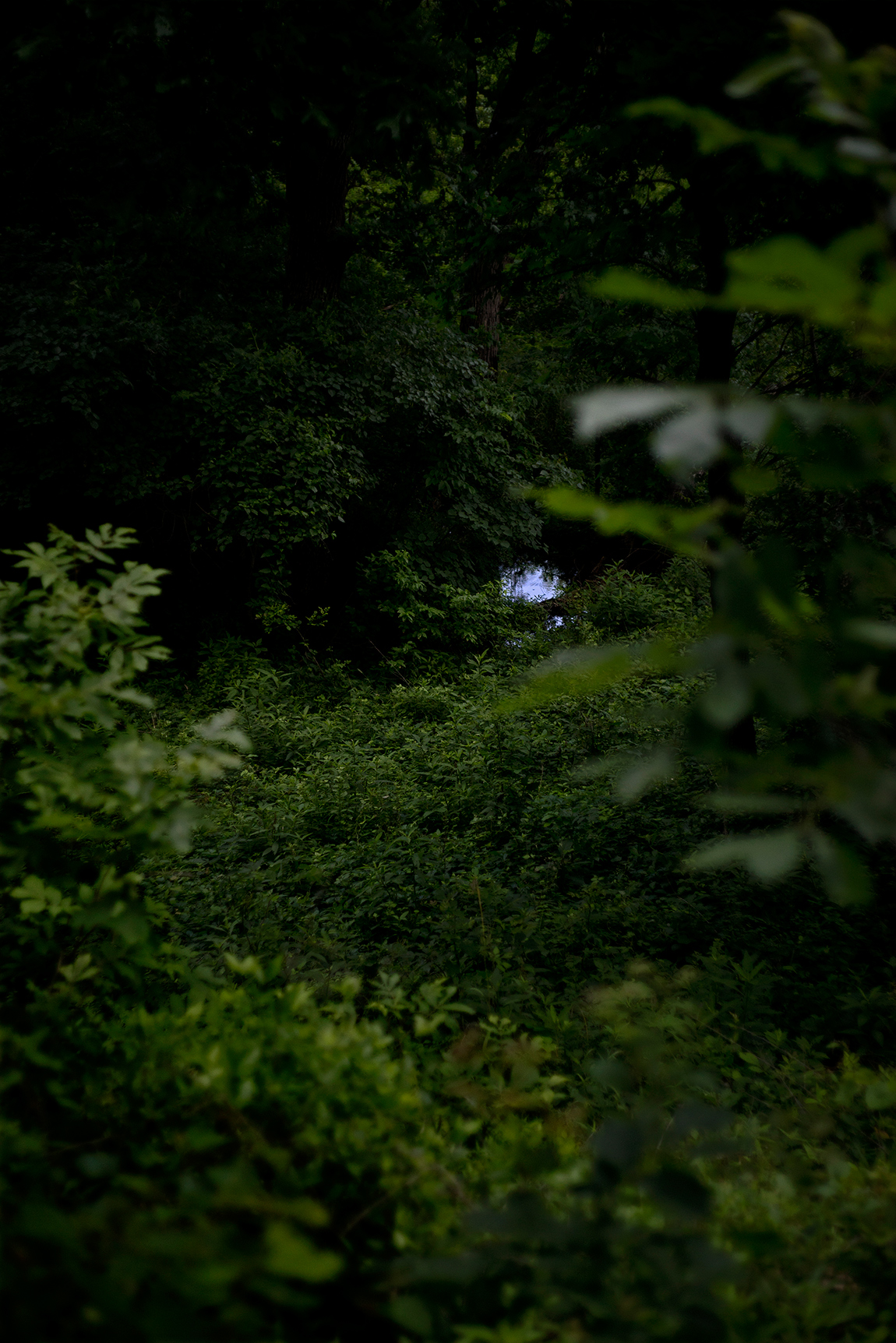

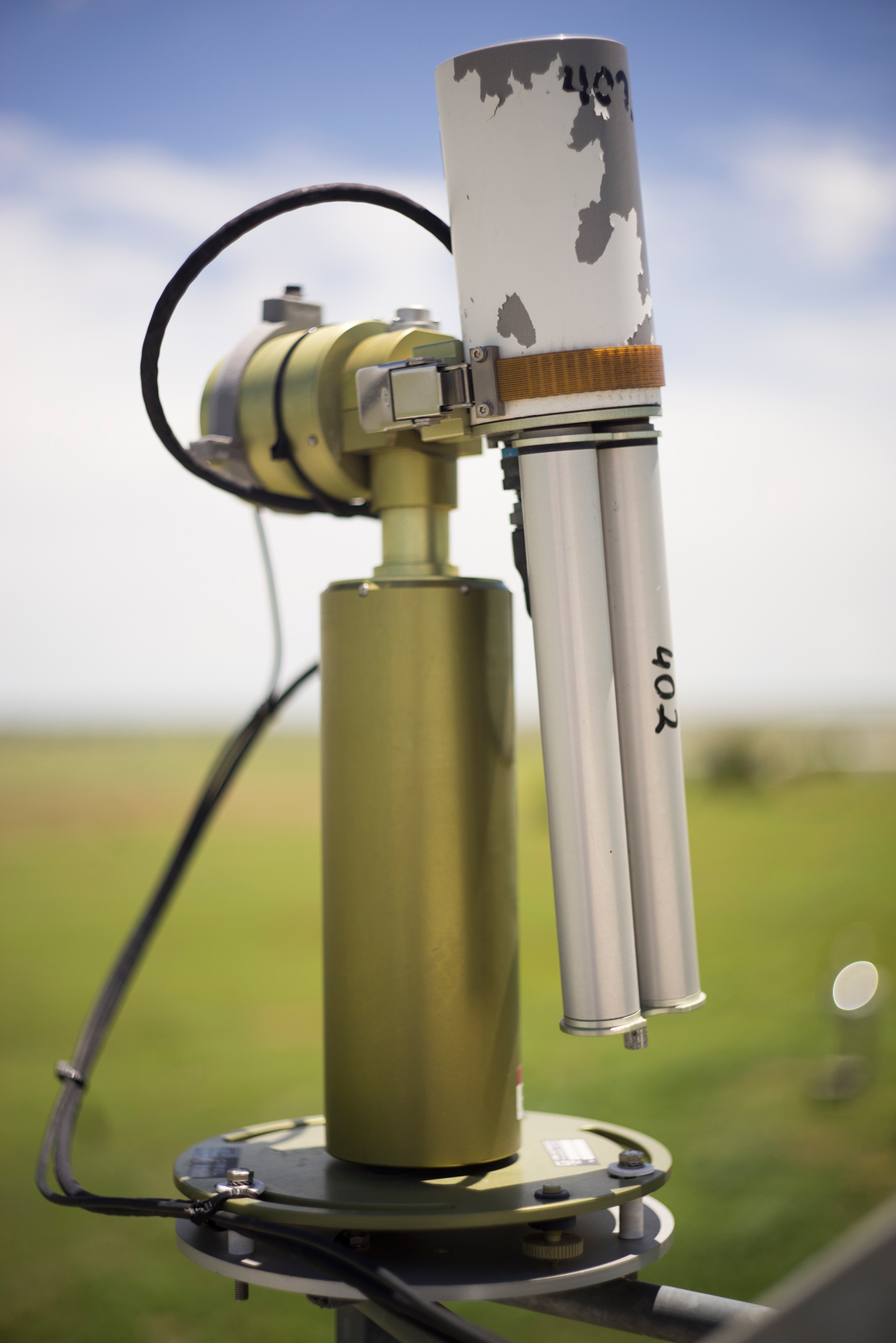

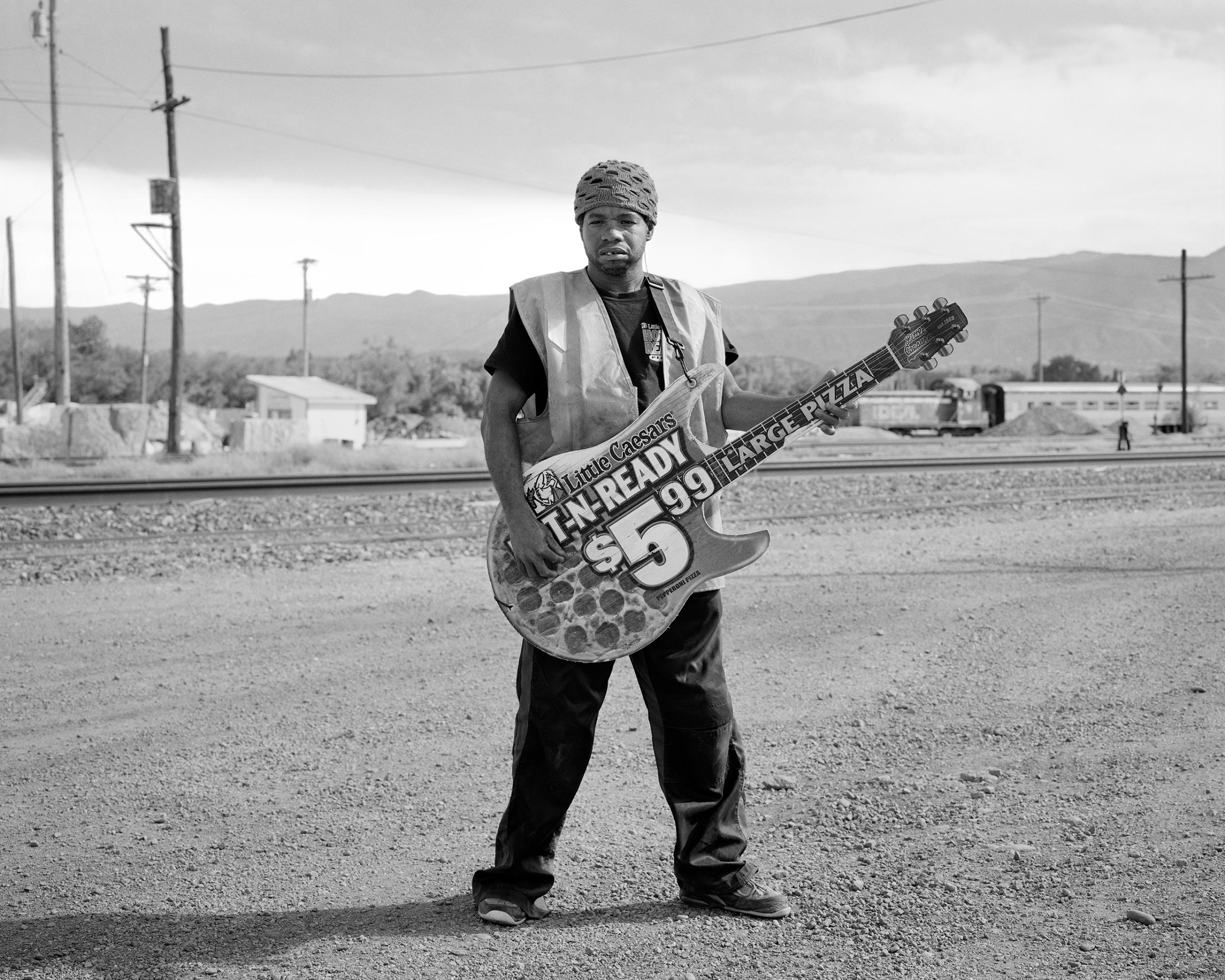
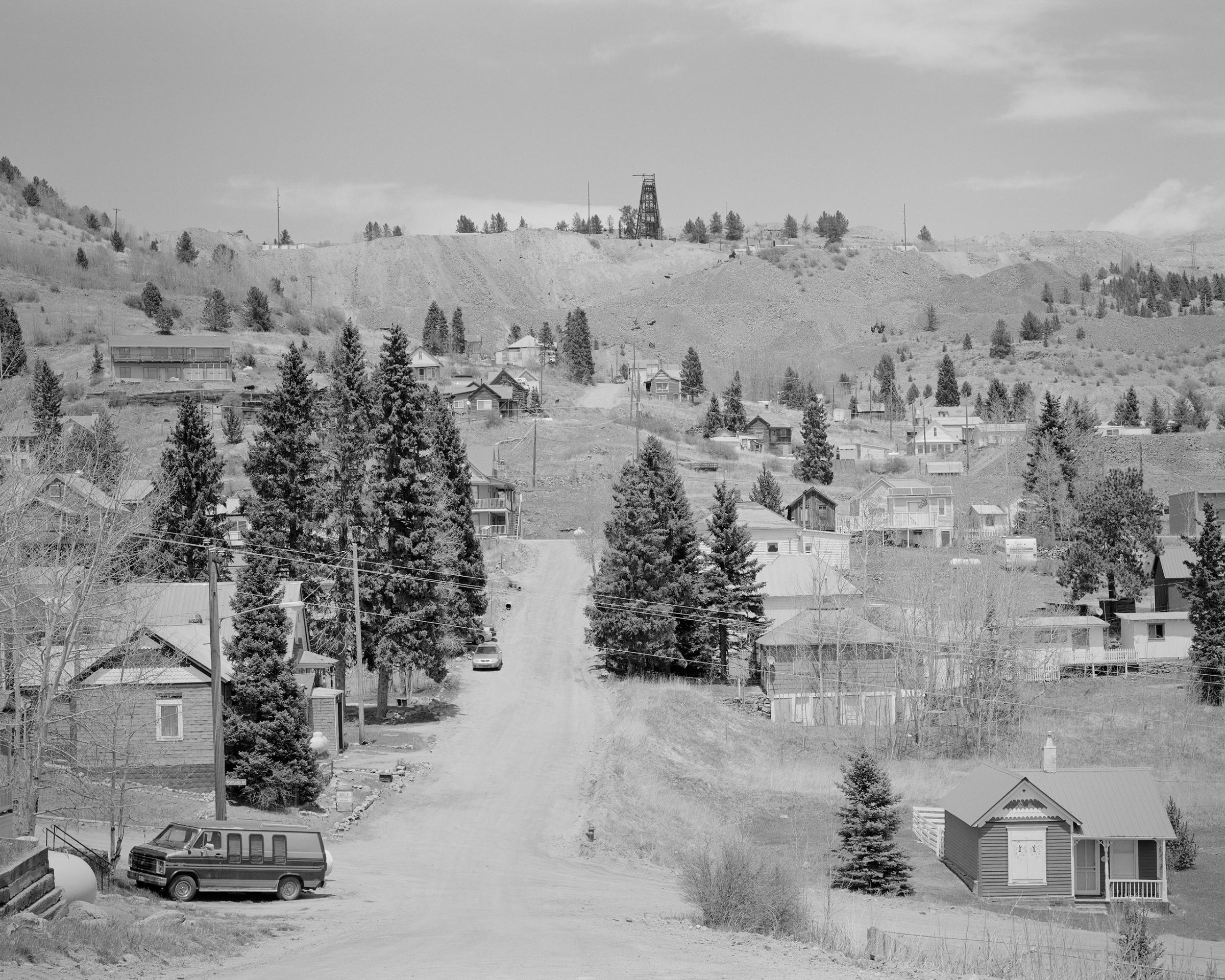

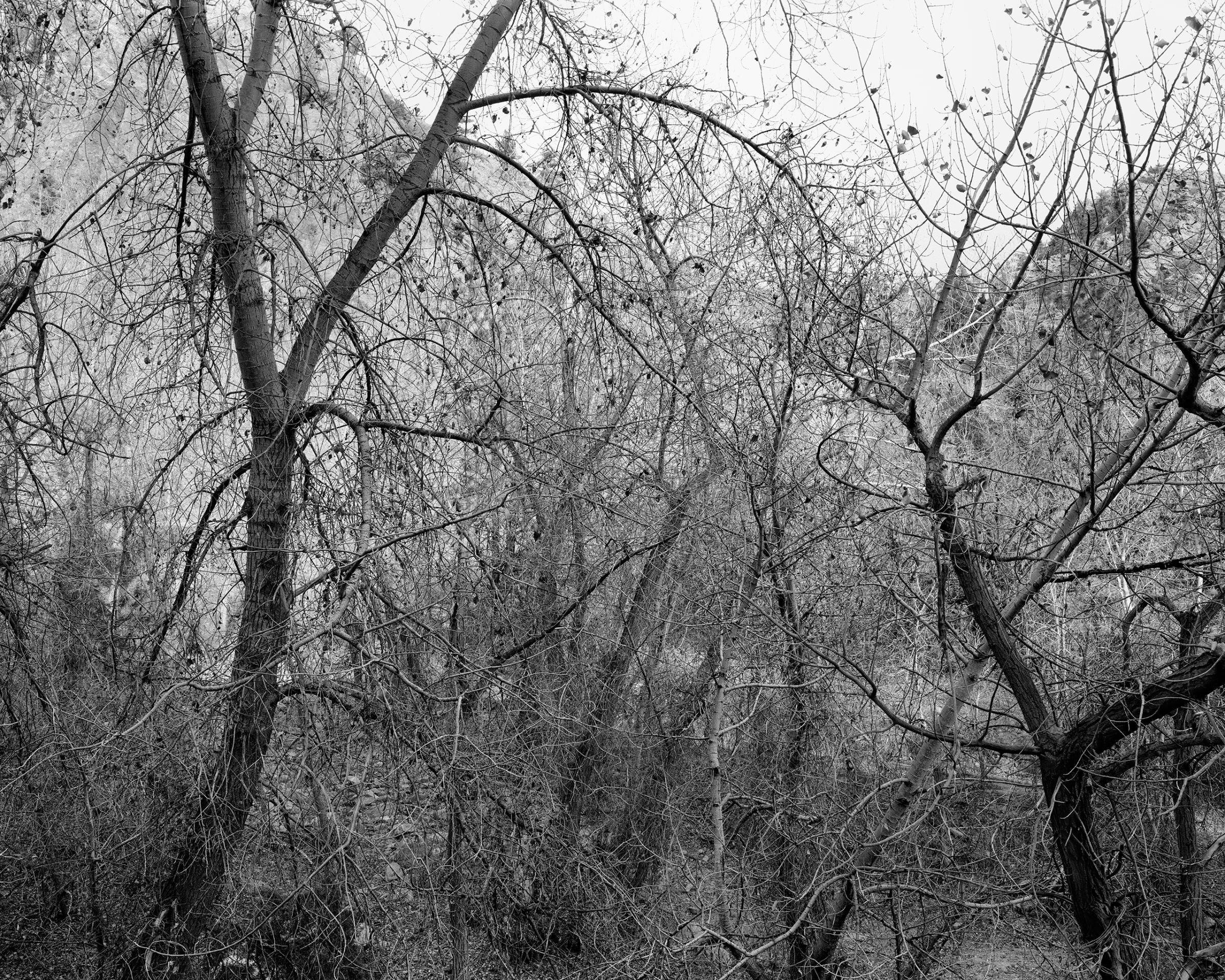
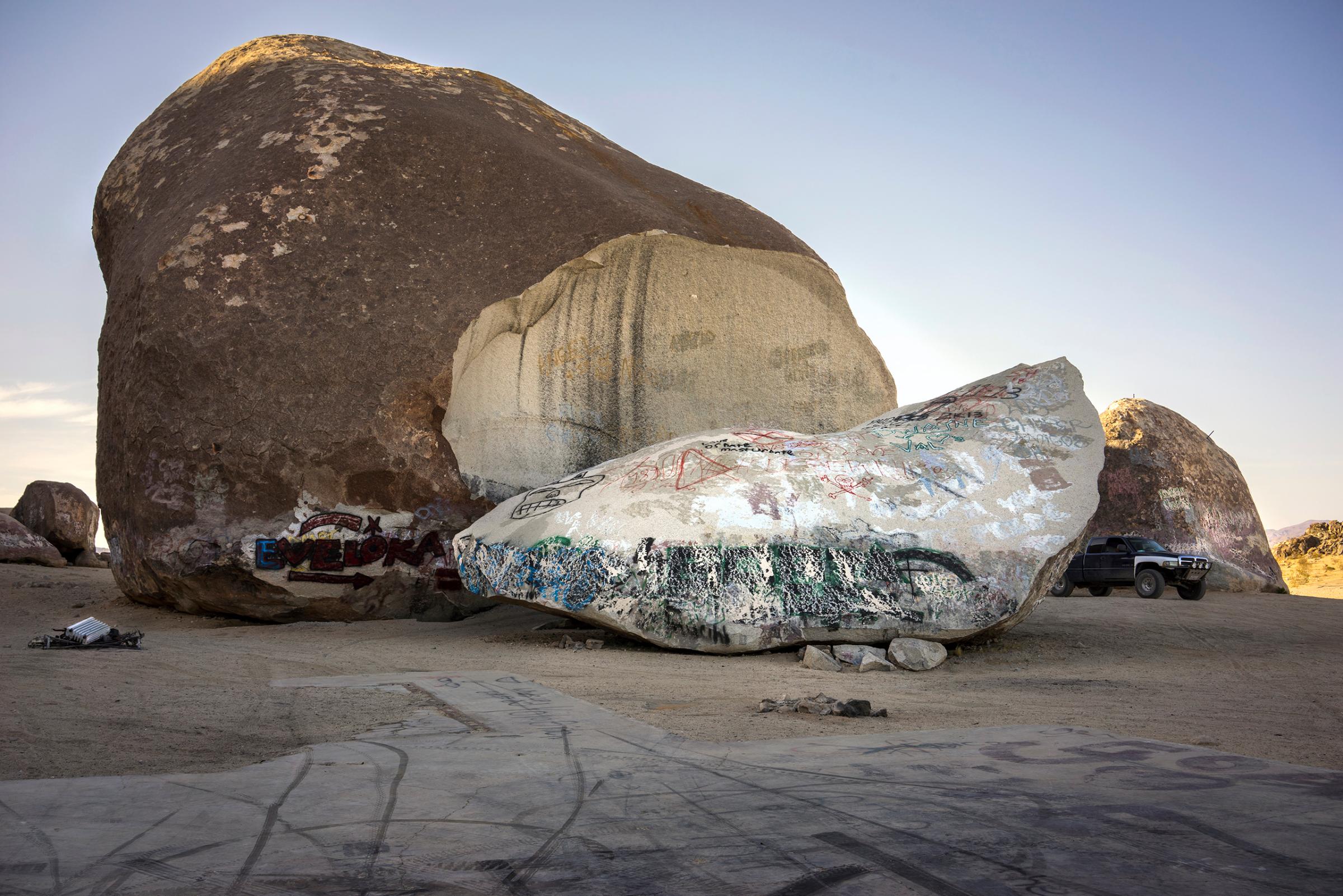
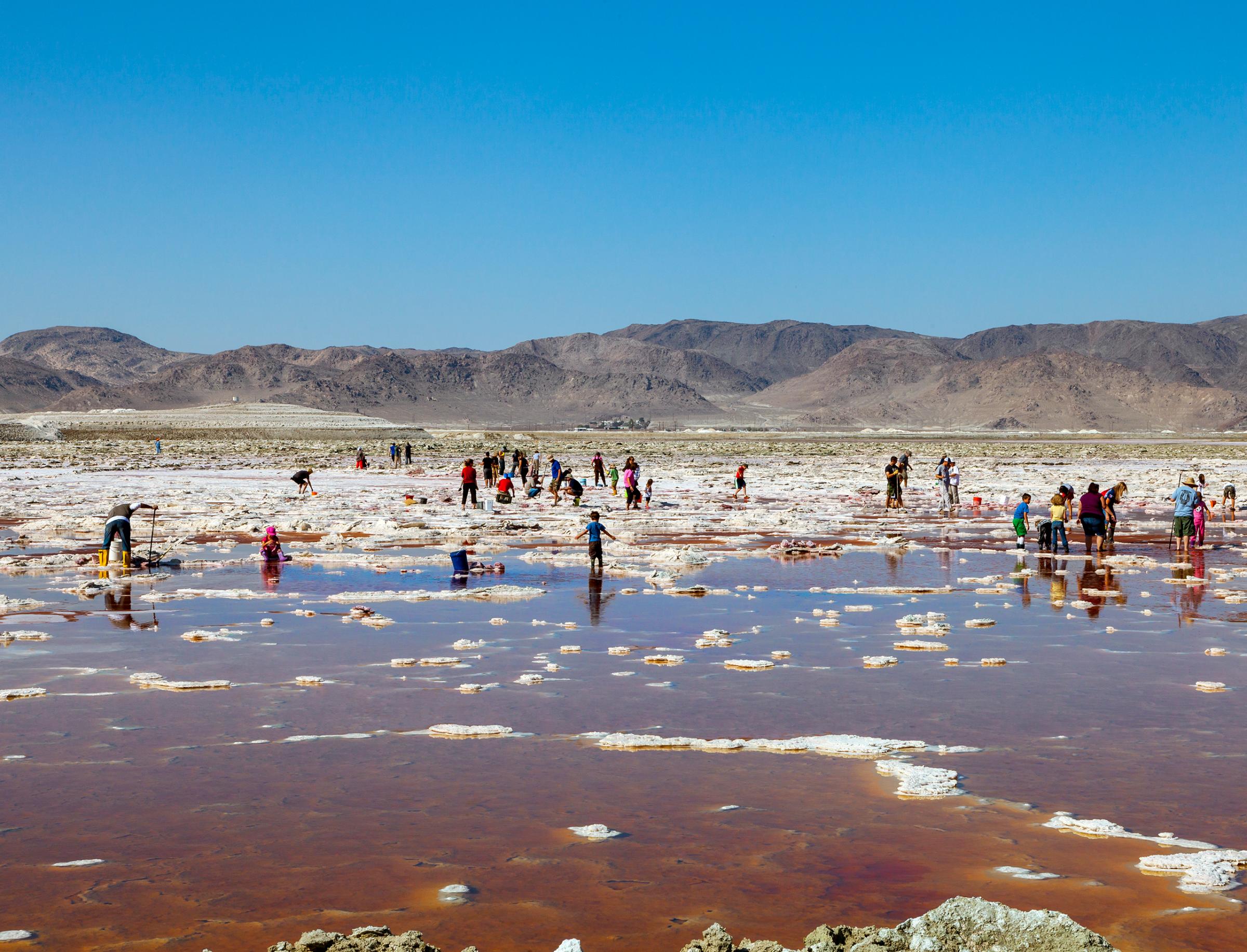

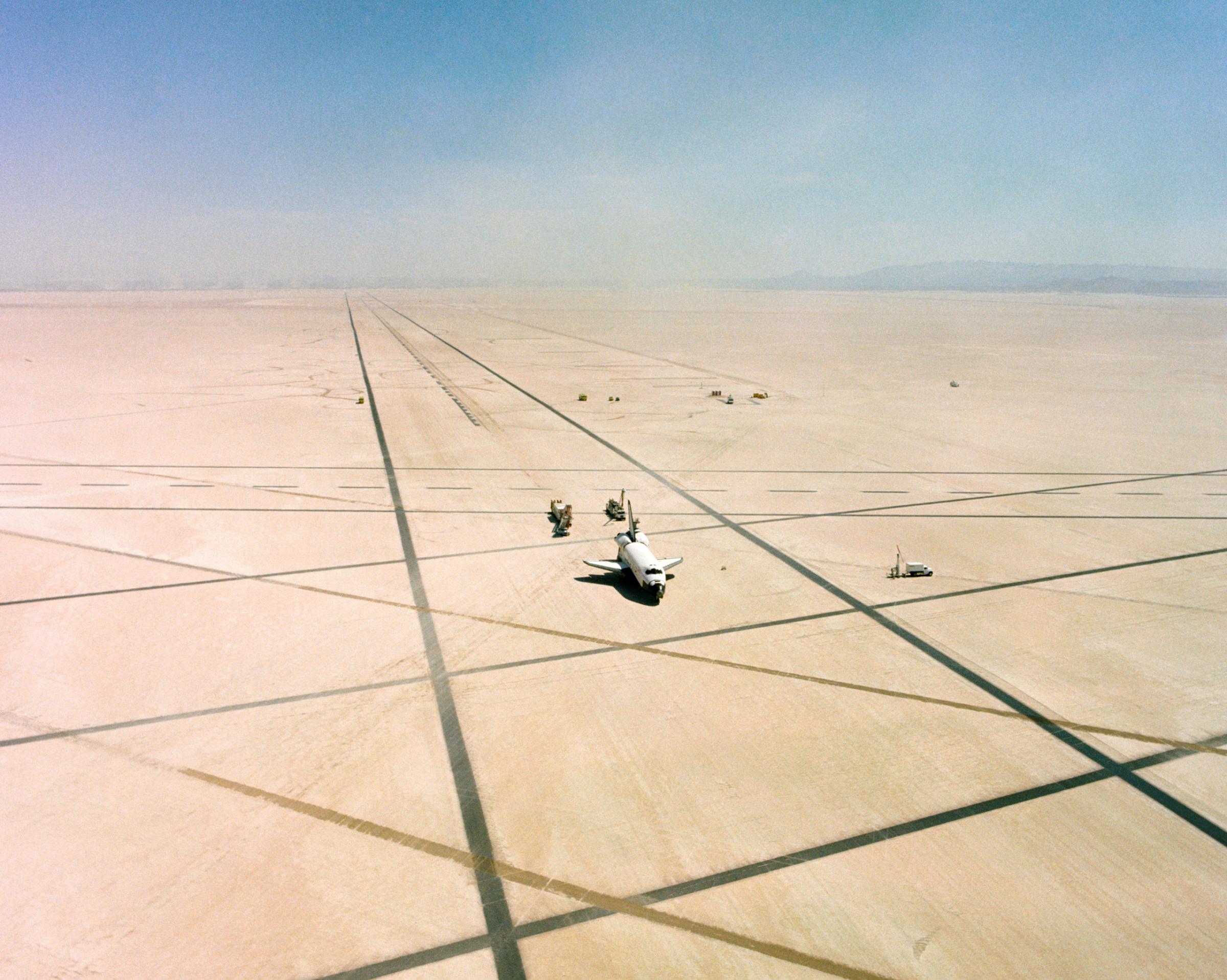


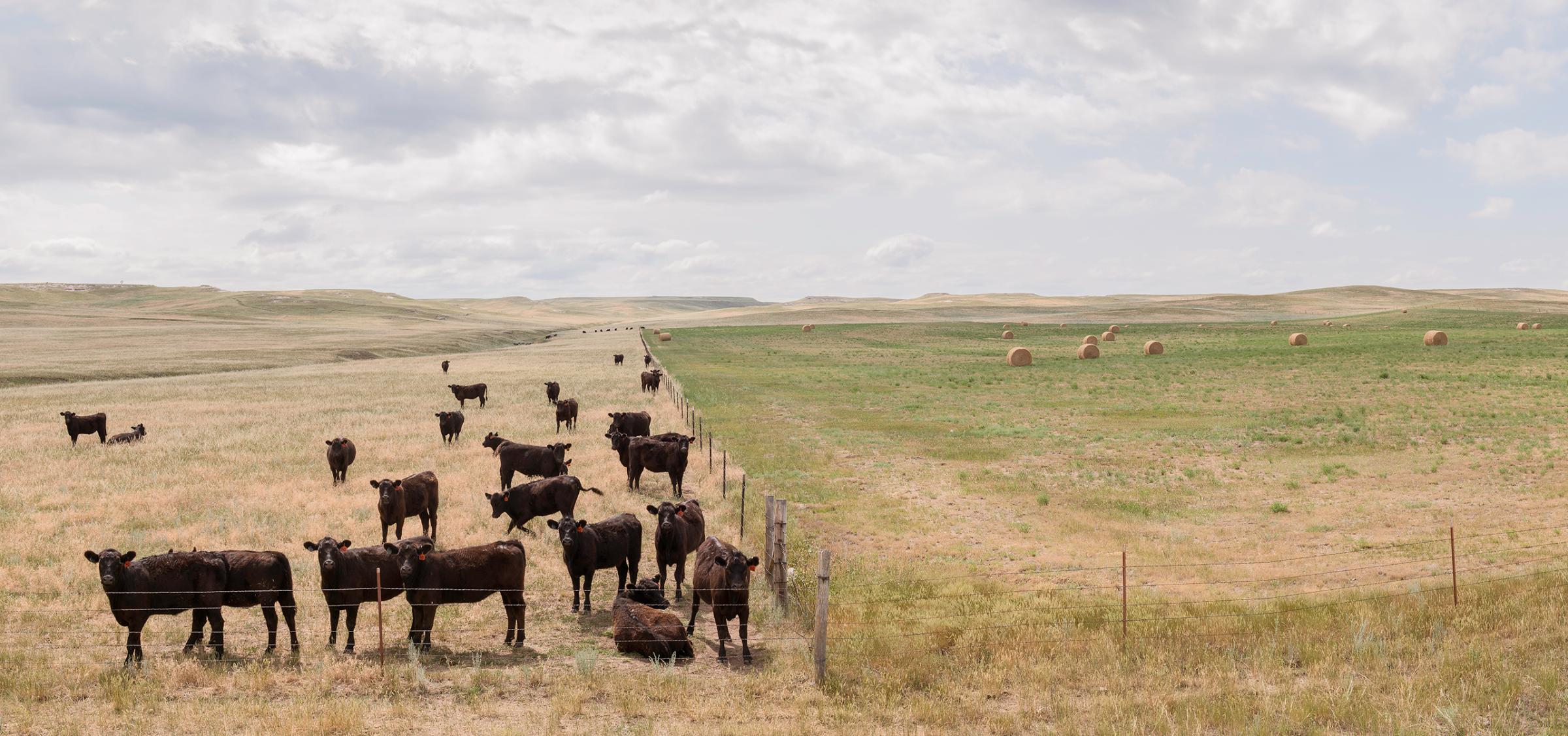
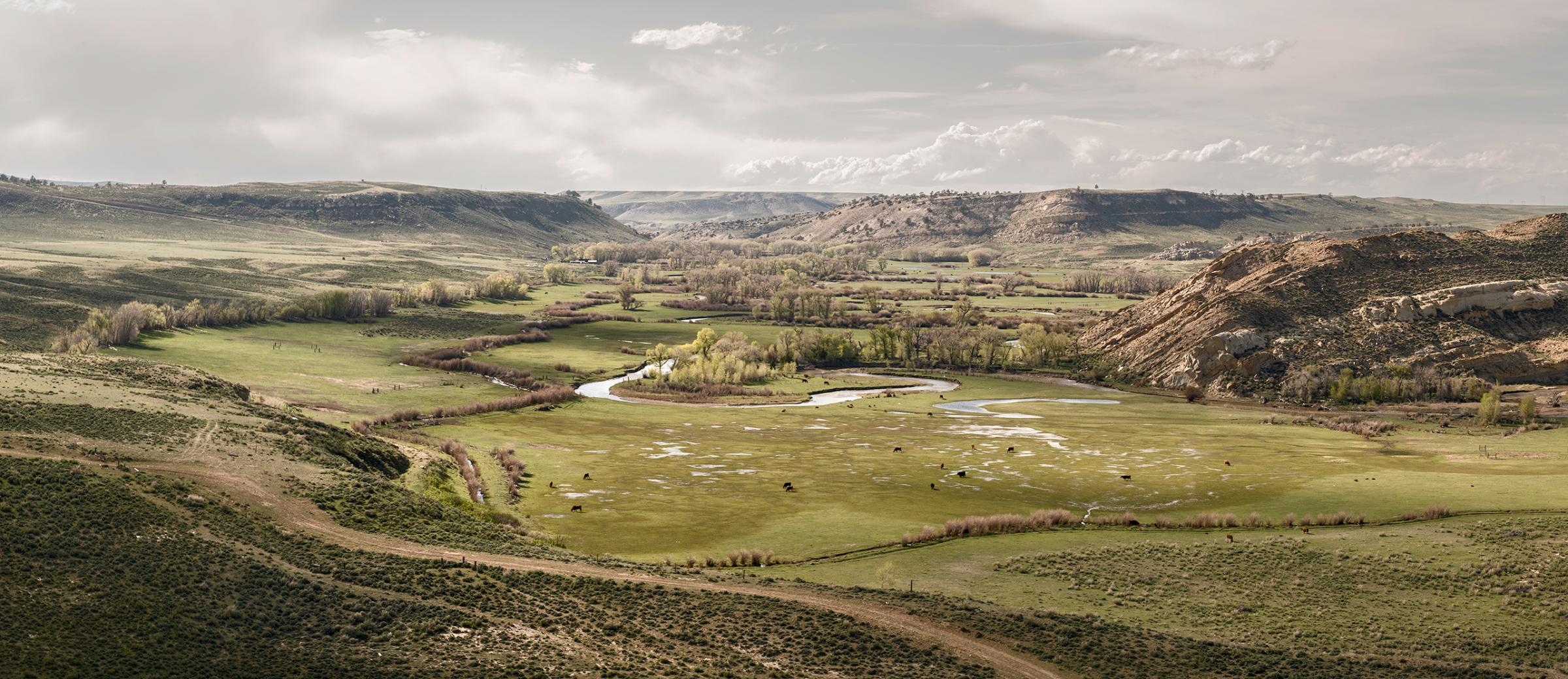
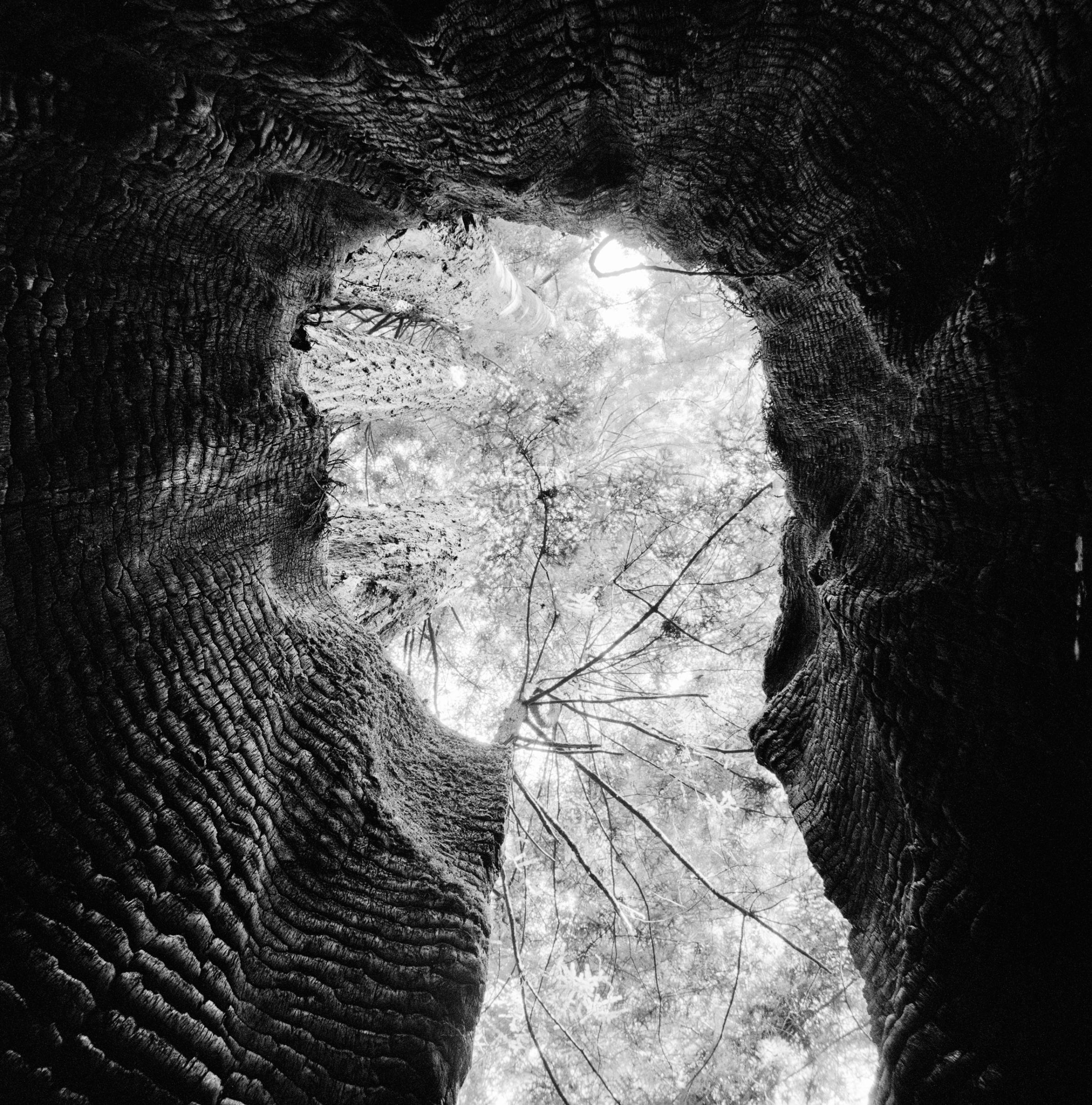

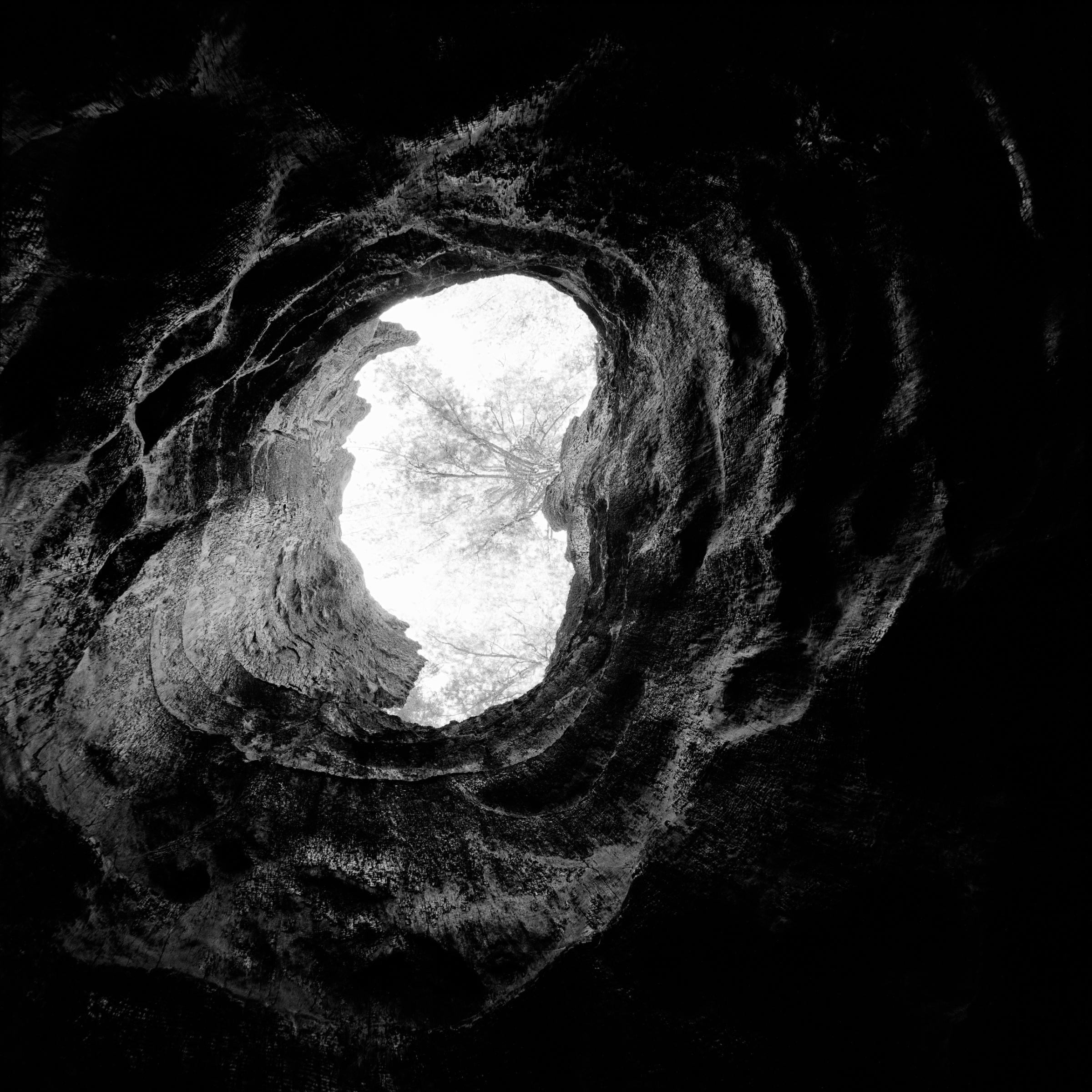
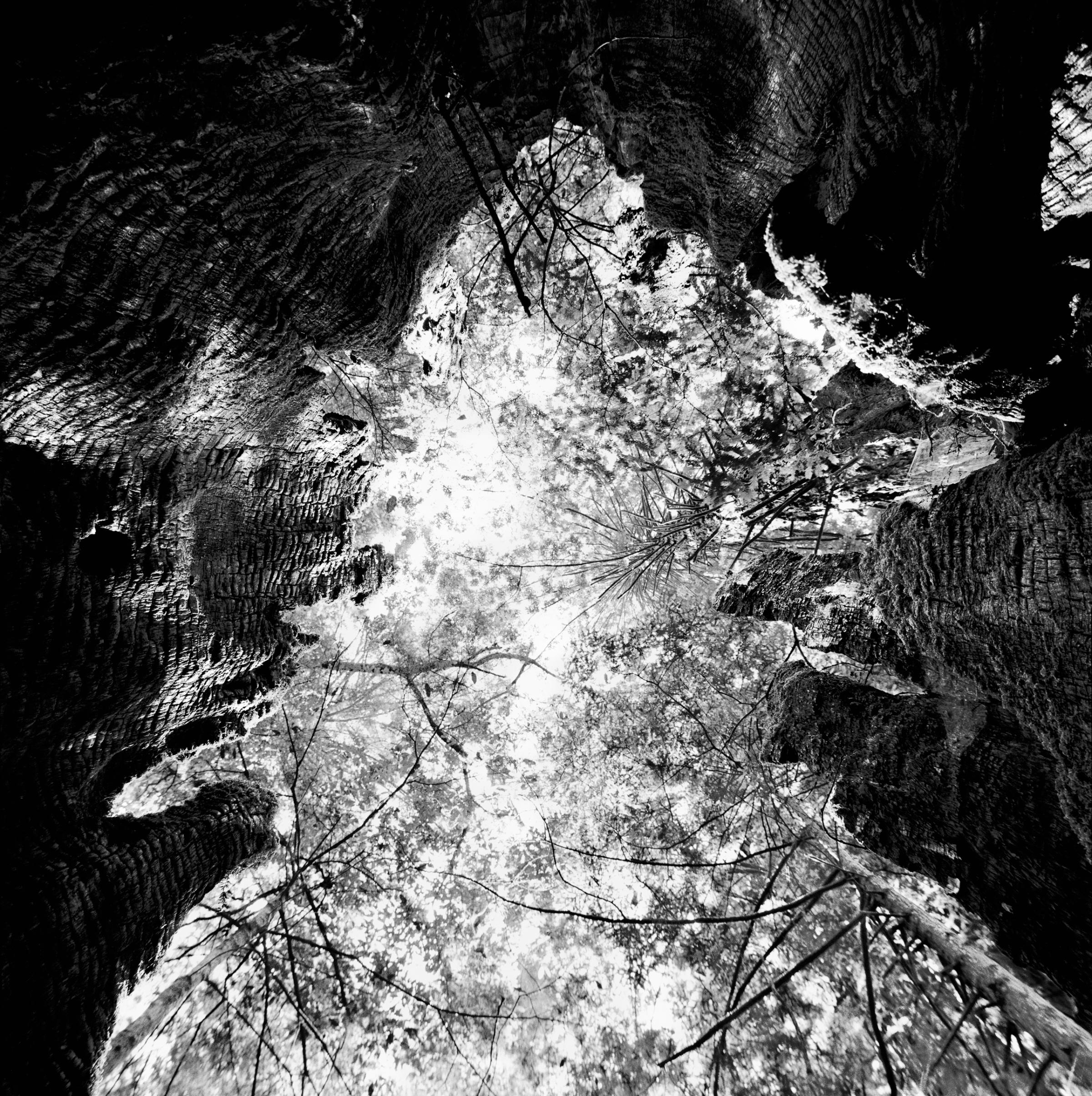
More Must-Reads From TIME
- Dua Lipa Manifested All of This
- Exclusive: Google Workers Revolt Over $1.2 Billion Contract With Israel
- Stop Looking for Your Forever Home
- The Sympathizer Counters 50 Years of Hollywood Vietnam War Narratives
- The Bliss of Seeing the Eclipse From Cleveland
- Hormonal Birth Control Doesn’t Deserve Its Bad Reputation
- The Best TV Shows to Watch on Peacock
- Want Weekly Recs on What to Watch, Read, and More? Sign Up for Worth Your Time
Contact us at letters@time.com